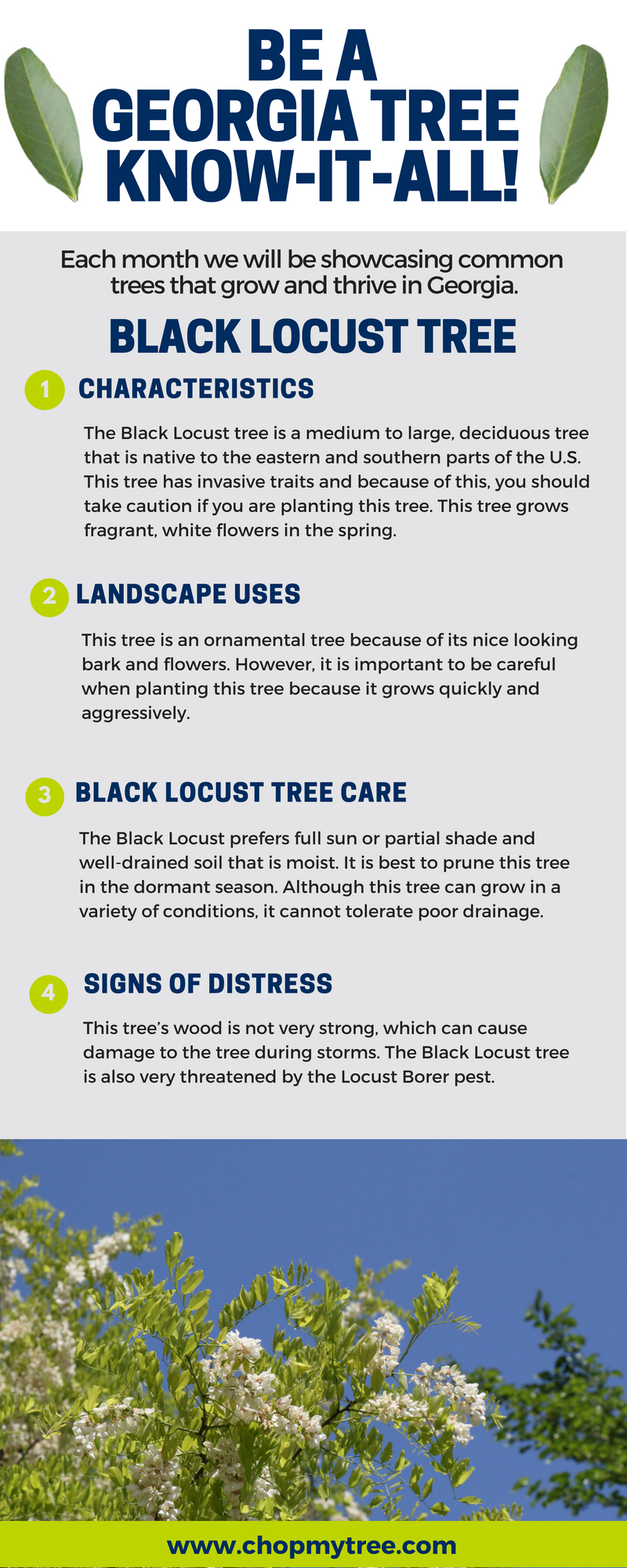Seasonal Tree Maintenance: Guidelines For Dealing With Trees Prior To And After They Are Eliminated
Seasonal Tree Maintenance: Guidelines For Dealing With Trees Prior To And After They Are Eliminated
Blog Article
Material By-
When it pertains to seasonal tree care, making sure appropriate administration prior to and after removal can substantially impact the health and looks of your landscape. By understanding the needed steps involved in assessing tree wellness and getting ready for removal, you can proactively secure your residential or commercial property. However what about the crucial techniques to adhere to once the tree is gone? Keep tuned to uncover the vital post-removal care steps that will aid you cultivate a thriving and sustainable setting for your trees.
Pre-Removal Tree Treatment
Prior to addressing the removal of a tree, it's crucial to focus on pre-removal tree care. Begin by assessing the tree's health and architectural stability. Look for signs of disease, pest problems, or any architectural issues that might pose a safety risk throughout removal. It's vital to seek advice from a certified arborist to identify the best course of action.
Pruning dead or infected branches can protect against more damages to the tree and guarantee a smoother elimination process.
In addition, consider the environmental influence of getting rid of the tree. Trees play a vital role in our environment, so planting a brand-new tree in an appropriate location can aid offset any type of loss. Guarantee that you have the needed licenses and approvals for tree elimination, specifically if the tree is safeguarded by neighborhood policies.
Seasonal Maintenance Tips
Analyzing your tree's demands throughout the year is important for its health and durability. To keep your trees in leading condition, follow these seasonal maintenance ideas.
In springtime, focus on pruning to get rid of dead or broken branches and motivate new development.
Summer season requires normal watering, particularly throughout dry spells, to guarantee your tree remains hydrated.
As loss methods, keep an eye out for very early signs of disease or anxiety, and consider applying compost to secure the roots throughout winter.
In winter months, beware when eliminating snow from branches to avoid breakage, and continue to check your tree's general wellness.
Bear in mind to change your care routine based on the particular demands of your tree varieties and neighborhood environment. By staying alert and aggressive throughout the periods, you can aid your trees grow and grow for many years to come.
Post-Removal Tree Treatment
To ensure the health of your landscape also after tree removal, proper post-removal treatment is important. After https://www.bobvila.com/slideshow/9-ideas-for-a-beautiful-brick-patio-52865 is eliminated, it's essential to load the continuing to be hole with topsoil and small it to avoid settling. This will certainly aid preserve the stability of the ground and prevent prospective threats in the future.
Consider planting brand-new plants in place of the removed tree to bring back the equilibrium and aesthetic appeals of your landscape. Regularly water the area to promote the growth of brand-new plants and prevent soil disintegration.
Evaluate the surrounding trees for any kind of signs of disease or stress and anxiety that may have been triggered by the gotten rid of tree. Keep an eye out for pests that could've been attracted to the previous tree and take safety nets to secure the remaining plants.
If necessary, speak with a professional arborist to evaluate the impact of the removal on the surrounding trees and determine any added care needed. By complying with property tree pricing -removal treatment steps, you can ensure the ongoing health and wellness and elegance of your landscape.
Conclusion
Finally, proactive seasonal tree treatment is essential for maintaining the health and balance of your landscape. By examining tree health and wellness, trimming, and speaking with an arborist before elimination, you can guarantee a secure procedure. After elimination, filling up the hole, growing brand-new vegetation, and regular watering will promote new growth and stop disintegration. Bear in mind to evaluate surrounding trees for disease and seek additional treatment procedures from an arborist to keep your landscape flourishing.
